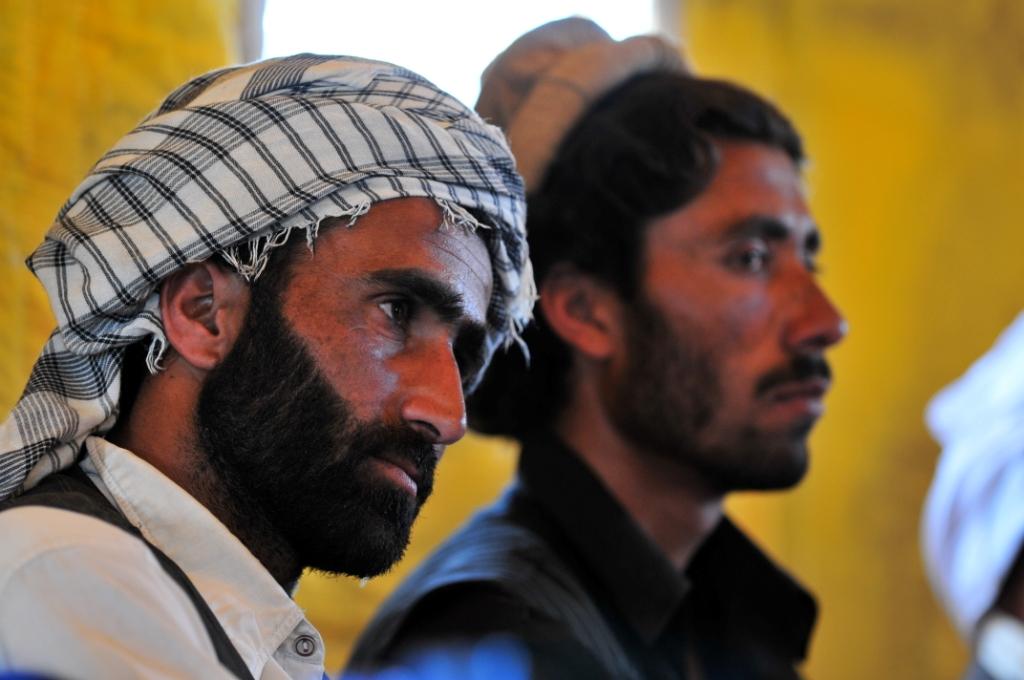How the Taliban are financed

Opium, taxes on public services, mining exploitation and foreign donations: these are the main sources that have allowed the livelihood of the Taliban, who now command Afghanistan
Afghanistan fell , the Taliban conquered the capital Kabul and from there – where they hold press conferences with the aim of making themselves "presentable" in the eyes of the rest of the world – they took command of the country.
Even if the Taliban's attempt to be moderate and inclusive fails, the international community may still lack the means to exert pressure on the regime. This was stated in an interview with Repubblica Ahmed Rashid, Pakistani journalist and historian, author of Chaos Asia (2008).
RASHID: TALEBANS ARE ECONOMICALLY INDEPENDENT
“The Taliban,” Rashid explained, “are economically independent: they have earned millions of dollars from the opium trade, the exploitation of mineral mines and taxes imposed on the cultivation of food and opium. They don't need money from the rest of the world to survive ”.
THE RISKS OF A HUMANITARIAN AND MIGRATION CRISIS
The Afghan population, on the other hand, "needs food, facilities, medicines: all of which have so far largely been supplied by large international organizations such as the United Nations and by non-governmental organizations", notes the historian. "Now these organizations cannot and will not rely on the Taliban for the distribution of aid and will stop operating: who would trust the Taliban to pass humanitarian aid?". For this reason, Rashid predicts that Taliban instability and repression will trigger a "gigantic humanitarian crisis" and migration.
THE FINANCES OF THE TALEBANS
The Taliban today number about one hundred thousand. According to estimates – having official and accurate information is obviously impossible – reported by the BBC in 2018, the annual finances of the Taliban from 2011 onwards amounted to 400 million dollars, but had grown to 1.5 billion in the years close to the date of publication of the article.
THE ROLE OF OPIUM
One of the main sources of financing for the Taliban, according to a 2012 report by the United Nations Security Council, is the so-called "opium economy", that is, all those processes that revolve around this drug, from the cultivation of the poppy to its processing. to drug trafficking.
Afghanistan is the world's largest opium supplier – accounting for about 90 percent of global production. It is estimated that in the two-year period 2011-2012 the Taliban earned about 100 million dollars from the opium industry. It is much less, however, than the annual value of the drug, which is estimated at $ 3.6-4 billion.
The opium trafficking, therefore, is probably an important source of financing for the Taliban who operate in the Afghan provinces where "sleeping poppies" are grown, namely those of Helmand, Kandahar and Uruzgan: here the farmers are subject to a tax regime 10 percent, but there are also taxes on laboratories that transform opium into heroin and on traffickers.
According to the US military, 60 percent of Taliban funding comes from drugs: this is why in recent years the United States has focused on the destruction, by bombing, of the laboratories, which are concentrated in the province of Helmand.
Opium, however, is not enough to bear the overall costs of the group's activities.
TAXES
In addition to drug trafficking, the Taliban finance themselves with a more general collection of taxes in the territories they administer. At the time of the UN report, the group imposed a 10 percent tax on crops and a 2.5 percent tax on the wealth of the population.
WATER, ELECTRICITY, TELEPHONE NETWORKS
In some areas, the Taliban required business owners to pay a 10 percent tax. They taxed public services such as water or electricity, while not directly controlling their supply networks, and even telecommunications and telephone companies.
In 2018, the power company of Afghanistan told the BBC that the Taliban were raising more than $ 2 million a year through electricity taxes alone in various parts of the country.
MINING
The Afghan subsoil is rich in mineral and fossil resources, from coal to lithium to copper, as well as metals and precious stones (gold, lapis lazuli) and marble. The Afghan mining industry is estimated to be worth at least $ 1 billion, but it is largely underdeveloped due to the country's instability that does not allow exploitation operations to take place.
The Taliban have taken control of mining sites and extort money: a 2014 UN report claimed that the group raises more than 10 million a year from around 20 illegal mining activities in Helmand province. In 2018, the BBC estimated that the Taliban made over 50 million a year from mining in all areas of Afghanistan under their control.
FOREIGN LOANS
US officials have repeatedly accused the governments of Pakistan, Iran and Russia – they deny – of offering financial aid to the Taliban from an anti-American perspective. However, the single largest contributors to the group are thought to be private citizens residing in Pakistan, Saudi Arabia and the United Arab Emirates: all of these countries had supported Mullah Omar's former Taliban emirate, overthrown in 2001 by US military intervention.
Measuring the exact size of these cash flows is impossible. Some studies speak of 500 million a year; the CIA in 2008 estimated them at 106 million a year, mainly from the Gulf countries.
This is a machine translation from Italian language of a post published on Start Magazine at the URL https://www.startmag.it/mondo/talebani-afghanistan-come-si-finanziano/ on Wed, 18 Aug 2021 07:30:47 +0000.
